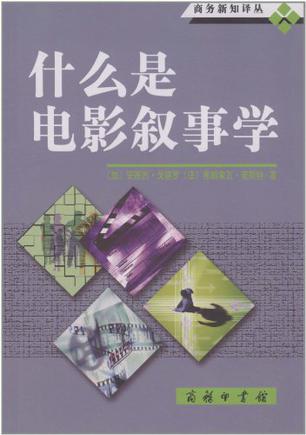欢迎来到相识电子书!
标签:film-studies
-
How to Read a Film
Richard Gilman referred to How to Read a Film as simply "the best single work of its kind." And Janet Maslin in The New York Times Book Review marveled at James Monaco's ability to collect "an enormous amount of useful information and assemble it in an exhilaratingly simple and systematic way." Indeed, since its original publication in 1977, this hugely popular book has become the definitive source on film and media. Now, James Monaco offers a special anniversary edition of his classic work, featuring a new preface and several new sections, including an "Essential Library: One Hundred Books About Film and Media You Should Read" and "One Hundred Films You Should See." As in previous editions, Monaco once again looks at film from many vantage points, as both art and craft, sensibility and science, tradition and technology. After examining film's close relation to other narrative media such as the novel, painting, photography, television, and even music, the book discusses the elements necessary to understand how films convey meaning, and, more importantly, how we can best discern all that a film is attempting to communicate. In addition, Monaco stresses the ever-evolving digital context of film throughout--one of the new sections looks at the untrustworthy nature of digital images and sound--and his chapter on multimedia brings media criticism into the twenty-first century with a thorough discussion of topics like virtual reality, cyberspace, and the proximity of both to film. With hundreds of illustrative black-and-white film stills and diagrams, How to Read a Film is an indispensable addition to the library of everyone who loves the cinema and wants to understand it better. -
什么是电影叙事学
《什么是电影叙事学》写于1989年至1990年,当时,叙事研究在电影领域已经历了10年的蓬勃发展。事实上,影片叙事学早些年就已存在,许多专家发表了论述这一问题的专著,明确提出了影片叙事学。与克里斯蒂安·麦茨所建立的、主要是阐明隐喻性的“电影语言”的实质的电影符号学不同,这些作者全都将理解电影叙事放在他们的研究工作的中心。为了认清观众对于理解电影及电视画面的作用,他表明观众远不是可见的东西、将影片当作对世界的一种简单的模仿或复制,而是不断地将它们与他已知的叙事进行对比,将可见的东西、将影片联系他自己为它们设想的“意向性”的来源,这样,可见的东西才能成为叙事,影片才能成为一部作品。
热门标签
下载排行榜
- 1 梦的解析:最佳译本
- 2 李鸿章全传
- 3 淡定的智慧
- 4 心理操控术
- 5 哈佛口才课
- 6 俗世奇人
- 7 日瓦戈医生
- 8 笑死你的逻辑学
- 9 历史老师没教过的历史
- 10 1分钟和陌生人成为朋友


